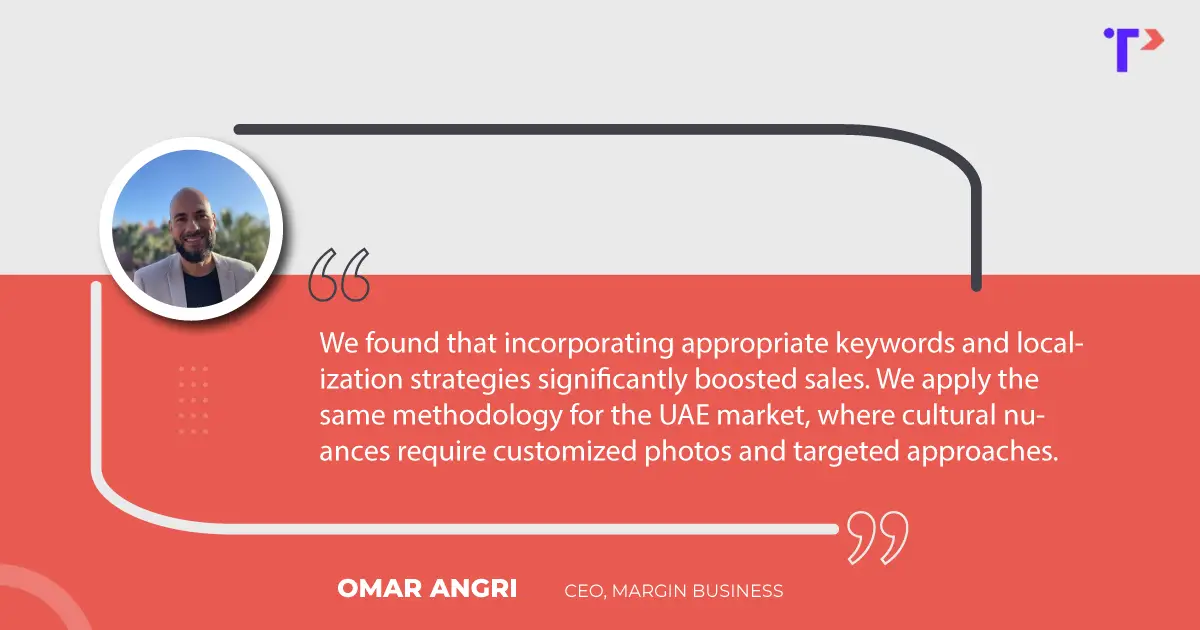Integrated Marketing Communications (IMC) is not just a buzzword; it’s a transformative process that ensures your brand’s message resonates consistently across diverse media channels. While it might sound like a recent innovation, IMC has been shaping the marketing landscape since the early 90s. At Topsdraw, we’re committed to helping you unlock the full potential of your content investments. In this article, let’s delve into the world of IMC, understanding its evolution, advantages, disadvantages, and how you can craft effective integrated marketing campaigns.
How IMC Changed the Game: Before IMC, traditional marketing operated as a one-way street, bombarding consumers with generic messages. However, with advancements in technology and data analysis, marketers began to pay attention to consumer behavior. This shift paved the way for IMC, turning marketing into a two-way conversation. Trends such as the adaptation of multiple communications, targeting consumer preferences through niche media, data-driven marketing, and channel optimization have become the norm.
The Role of IMC: IMC plays a pivotal role in today’s digital marketing landscape by ensuring that all promotional tools work in harmony. It creates a consistent voice for your brand, linking all forms of communication together. This consistency is crucial for gaining the trust and attention of your target audience.
What does IMC bring to the table:
- Consistent Message: IMC ensures that your campaign messages remain consistent across different channels, fostering trust and relevance.
- Cost Efficiency: By eliminating content duplicates, IMC saves resources, making your campaigns more cost-effective.
- Cutting Through Noise: A unified message has a more significant impact on consumers, cutting through the clutter of commercial messages.
- Ease of Access: IMC links communication tools, providing convenient access to product information, recommendations, and special offers.
Elements and Tools for IMC: To integrate marketing channels effectively, you need a robust communications plan. IMC elements such as Advertising, Public Relations, Sales Promotion, and Direct Marketing offer diverse tools for crafting a cohesive strategy.
Types of IMC: There are four basic types of IMC – internal, external, vertical, and horizontal integration. Each type contributes to creating a comprehensive and effective marketing strategy.
How to Create an Integrated Marketing Campaign: Developing an integrated marketing campaign requires meticulous planning. Setting clear goals, gaining potential insight, media channel planning, and analyzing customer data are essential steps in crafting a successful IMC campaign.
Conclusion: Integrated Marketing Communications is not just about broadcasting messages; it’s about creating a seamless experience for your target customers. By amplifying your brand voice through consistent messaging, IMC ensures that your campaign stands out in the crowded digital landscape. Embrace the symphony of integrated marketing to reinforce your brand image, change perceptions, and deliver a coordinated message that resonates across channels






